Sheet piles are sections of sheet materials with interlocking edges that are driven in the ground to maintain the earth retention and provide excavation support. Sheet piles are usually made of steel, but can also be made of wood or reinforced concrete.
A vertical set of continuously interlocked pile forms a flexible vertical wall called a sheet pile wall.
Here we will learn about sheet pile, types of sheet piles & much more.
Introduction to sheet piles:
Sheet pileis a light in weight and do not require dewatering, they can resist horizontal pressures and tolerate large deformations.
Sheet pile is made of various materials such as wood, precast concrete, steel, or aluminum, they are installed at a suitable depth along the excavation perimeter or seawall alignment.
The sheet pile serves as a temporary supporting wall that has been driven in a slope or ditch to support soft soil slides from high ground to low ground.
Types of sheet piles:
1.Precast Concrete Sheet Pile:
This pile is constructed by casting reinforced concrete panel sheets with tongue and groove, a filler joint on the sheet pile ends.
They are relatively exceptional can be used when steel sheet pile are not available or in very special circumstances.
They can offer sufficient rigidity and strength capability but require extensive labor for transportation, care and construction.
2.Aluminum Sheet Pile:
Aluminum sheet pile work similar to steel sheet pile in providing resistance, they are lighter than steel provides better corrosion resistance in marine environments.
For this reason, aluminum sheet stacks may be ideal in some marine applications.
3.Vinyl Sheet Pile or polymeric sheet pile:
Vinyl sheet pile are similar to metal sheet pile however are manufactured from artificial materials.
They are ideal for small environmental barriers or sea-facing initiatives with a location that has a small exposed height commonly used as erosion protection barriers.
4.Timber Sheet Piles:
Timber sheet pile usually have wooden planks attached together with a tongue and groove joint.
The wood sheet pile includes simple planks, wakefield timber sheet pile, tongue and groove wood sheet pile of shattered wood sheets.
This pile are used in modern heavy civil construction.
5.Steel Sheet Piles:
Steel sheet pile is the most common type of sheet pile, modern steel sheet pile comes in many shapes such as Z sheet pile, U sheet pile, or straight pile.
Sheet pile are associated with a male to female joint.
Advantages of sheet piles:
- It provides extreme resistance to driving stresses.
- Also, it is lightweight.
- It can be reused for many functions.
- It has long-life above or below water with minor protection.
- They are easy to customize pile length by welding or bolting
- Very few are not suitable for the joints to deteriorate during driving.
Disadvantages of sheet piles :
- Thier units often cannot be used as part of a permanent structure.
- It provides extreme resistance to driving stresses.
- It may be reused on a number of tasks.
- Long service life above or under the water with modest protection.
- Joints are much less part to deform during driving.
Uses of sheet piles:
- Sheet pile walls are used to help the excavations for below-grade parking structures, basements, pump houses, and foundations.
- A permanent metal sheet pile is designed to supply a long service life.
- These walls can primarily be used as both temporary constructions like cofferdam or waterfront structures.
Also read: Pile Caps, Pile Foundation & Micropiles
Conclusion:
Sheet piles are usually made of steel, but also can be made of wood or reinforced concrete.

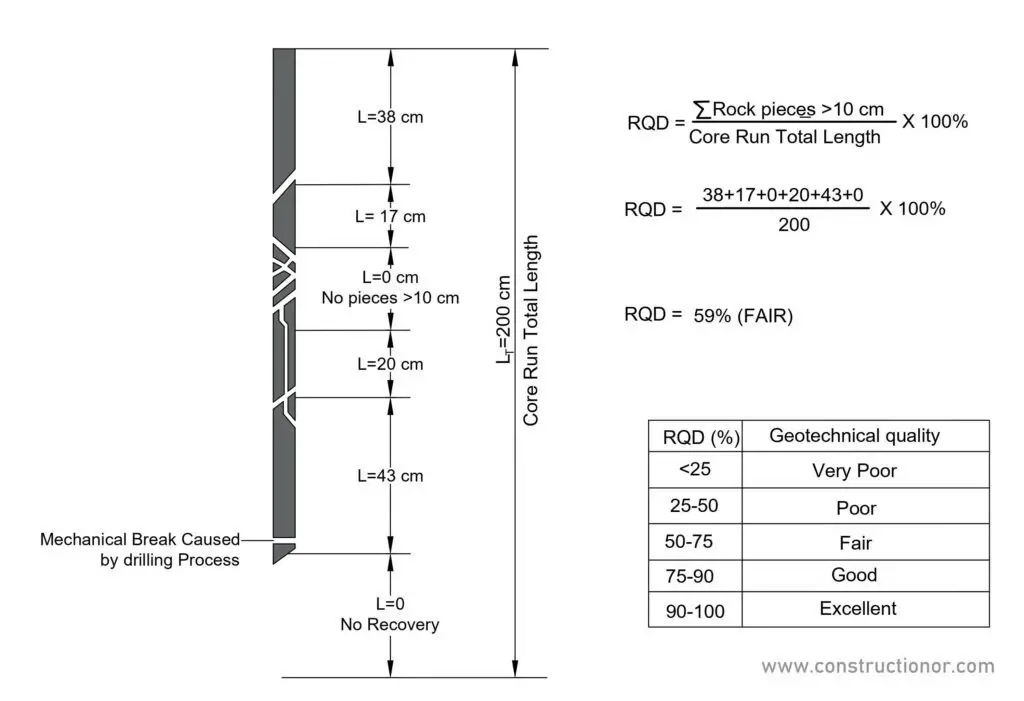



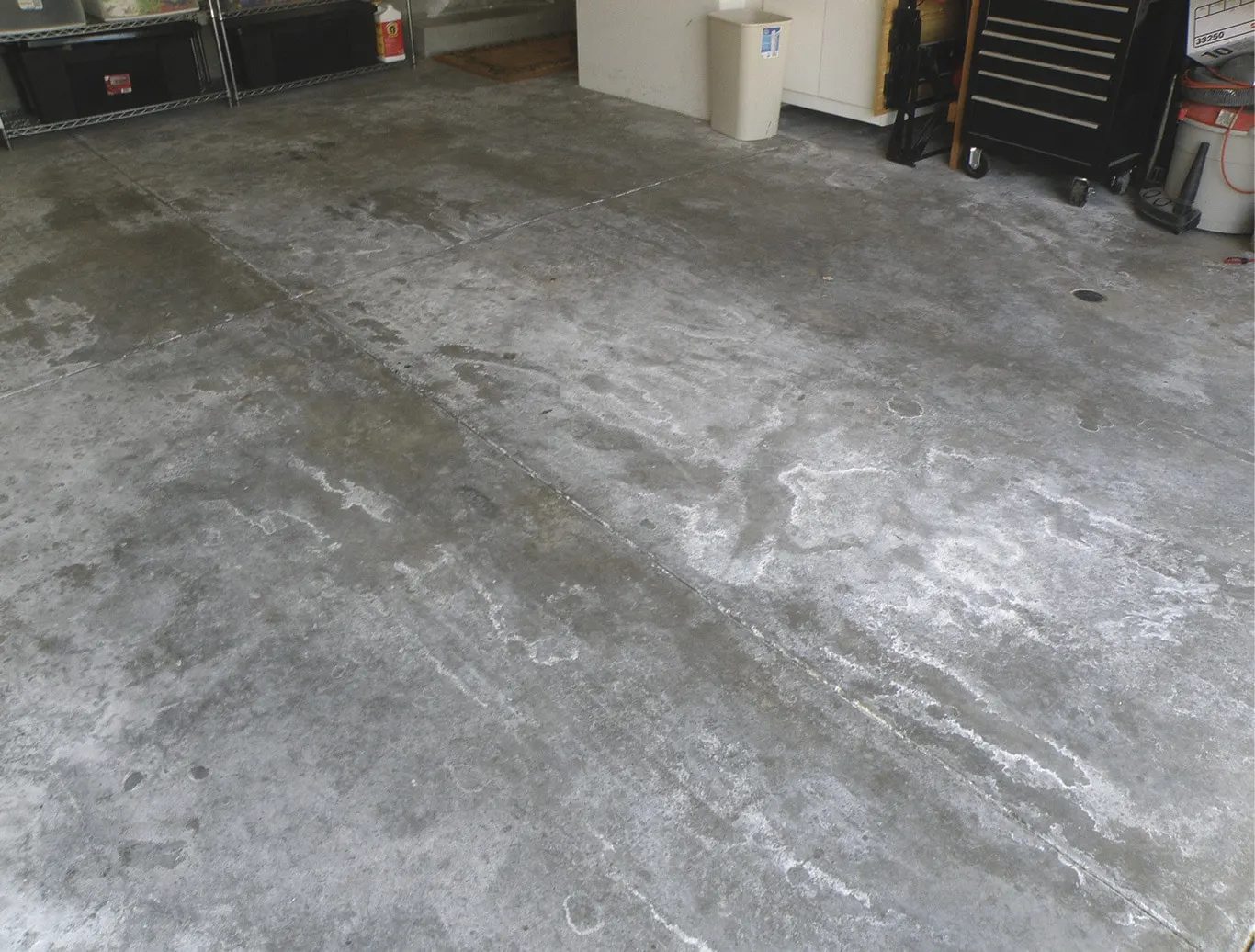
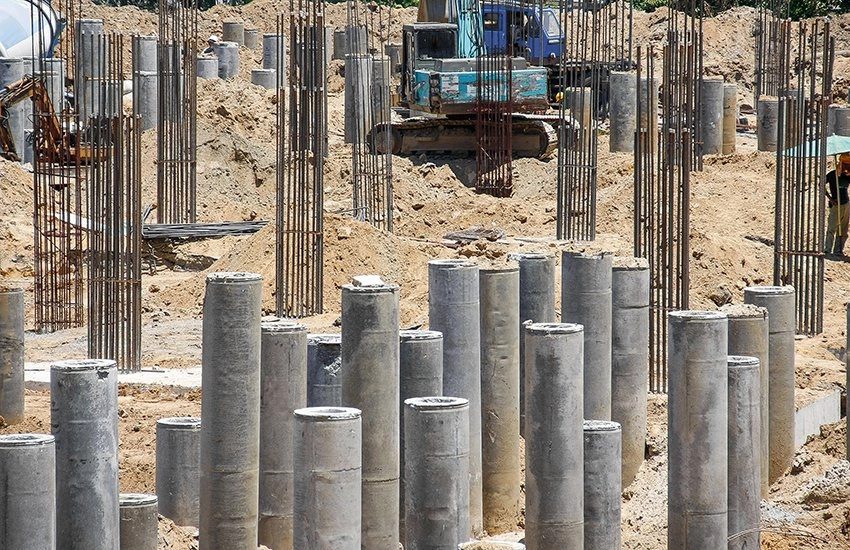

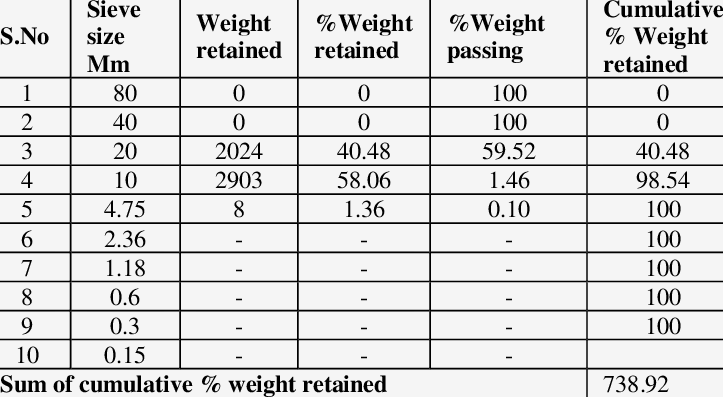
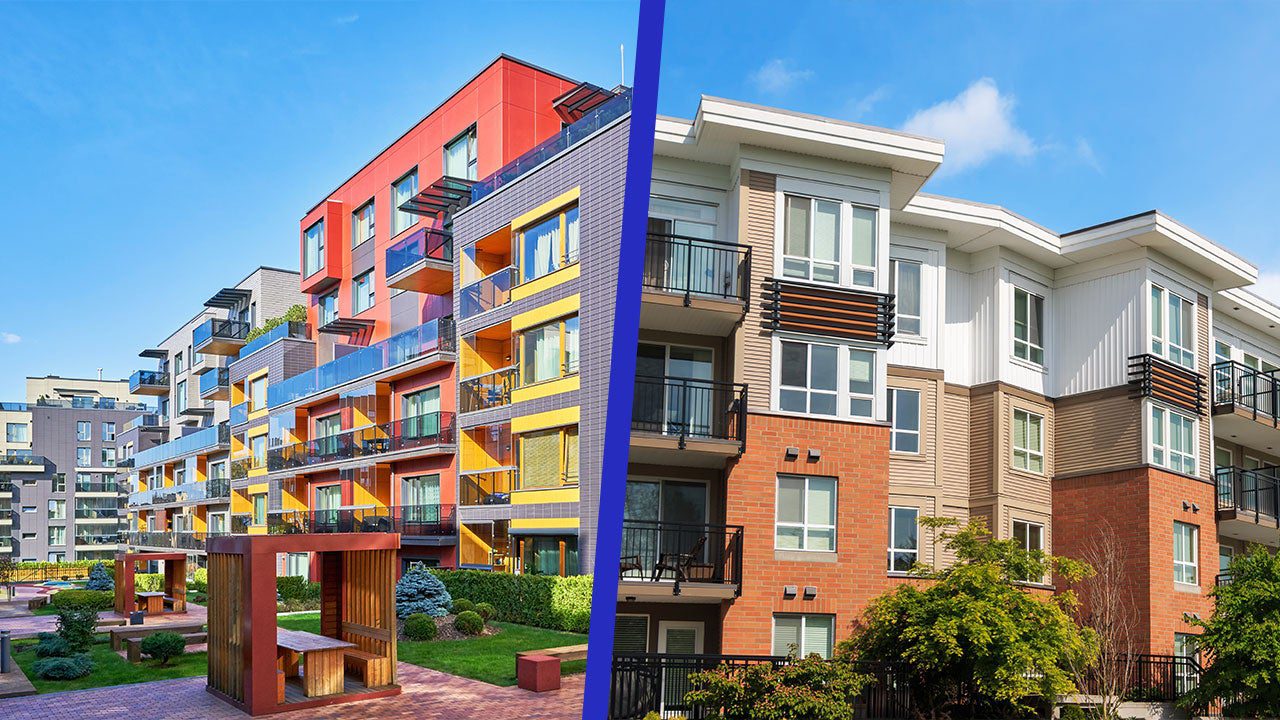
Great , thanks for the help
really good